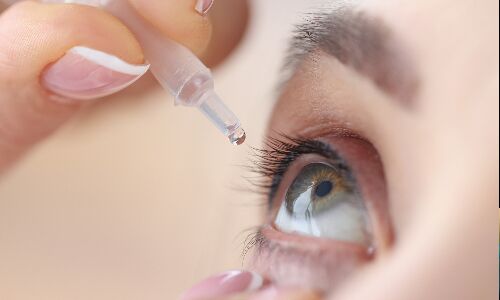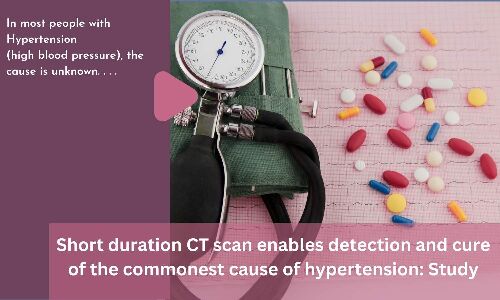Medical News, Health News Latest, Medical News Today - Medical Dialogues |
Sanitisation of toothbrushes with novel mouthwash reduces number of live microorganisms
2 years 9 months ago
Dentistry News and Guidelines,Top Medical News,Dentistry News
Medical News, Health News Latest, Medical News Today - Medical Dialogues |
A novel drop regimen reduces ocular hypertension risk after pars plana vitrectomy
2 years 9 months ago
Ophthalmology,Ophthalmology News,Top Medical News
Health Archives - Barbados Today
Two-year target set for removal of trans fatty acids
2 years 9 months ago
A Slider, Health, Local News
How Canadian dentists, hygienists are helping locals in the Caribbean
2 years 9 months ago
External Link, Health, global news canada, michael carabash, saba aziz, sandals foundation
Medscape Medical News Headlines
AbbVie, Eli Lilly Exit UK Drug Pricing Agreement
2 years 9 months ago
Family Medicine/Primary Care, News
STAT+: Pharmalittle: Lilly and AbbVie exit U.K. drug-pricing program; J&J scales back Covid-19 vaccine production
2 years 9 months ago
Pharma, Pharmalot, pharmalittle, STAT+
Medical News, Health News Latest, Medical News Today - Medical Dialogues |
New type of CT scan of adrenal gland may help detect common cause of hypertension
2 years 9 months ago
Cardiology-CTVS,Medicine,Radiology,Cardiology & CTVS News,Medicine News,Radiology News,Top Medical News
In the face of new cases of cholera, government calls for greater prevention
2 years 9 months ago
Health, Local
Medical News, Health News Latest, Medical News Today - Medical Dialogues |
Short duration CT scan enables detection and cure of the commonest cause of hypertension: Study
2 years 9 months ago
Cardiology-CTVS,Radiology,Cardiology & CTVS News,Radiology News,Top Medical News,MDTV,Cardiology MDTV,Radiology MDTV,MD shorts MDTV,Cardiology Shorts,Radiology Shorts,Latest Videos MDTV
Medical News, Health News Latest, Medical News Today - Medical Dialogues |
Eli Lilly, AbbVie exit UK drug pricing agreement
2 years 9 months ago
News,Industry,Pharma News,Latest Industry News
Encouraging People to Retire Early in China Came With a Serious Downside - ScienceAlert
- Encouraging People to Retire Early in China Came With a Serious Downside ScienceAlert
- Closing the pension gap Jamaica Observer
2 years 9 months ago








